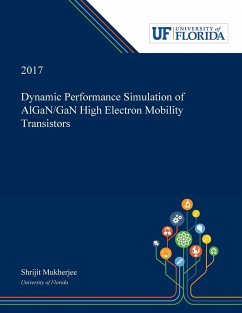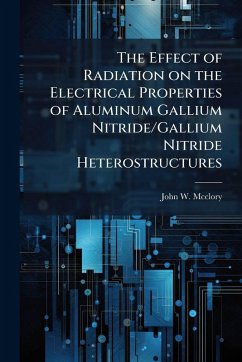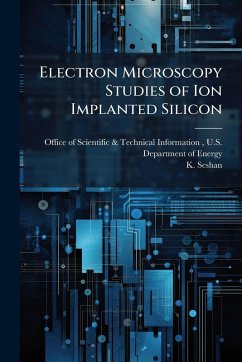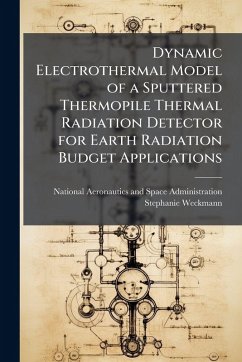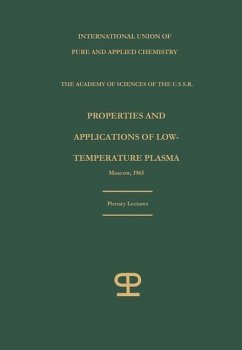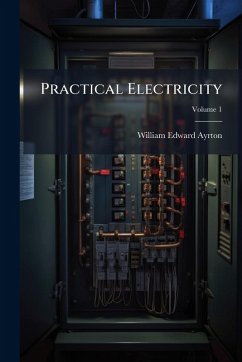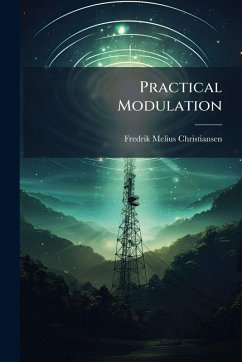
The Effects of Temperature and Electron Radiation on the Electrical Properties of Algan/Gan Heterostructure Field Effect Transistors
Versandkostenfrei!
Versandfertig in über 4 Wochen
17,99 €
inkl. MwSt.

PAYBACK Punkte
9 °P sammeln!
AlGaN/GaN Heterostructure Field Effect Transistors (HFETs) have come under increased study, in recent years, owing to their highly desirable material and electrical properties, ruggedness, and survivability even during and after exposure to extreme temperature and radiation environments. These devices or similar devices constructed of AlGaN and/or GaN materials are being researched for their potential applications in many military and space based systems. In this study, unpassivated and SiN passivated Al0.27Ga0.73N/GaN HFETs were subjected to electron radiation at incident energies of 0.5MeV a...
AlGaN/GaN Heterostructure Field Effect Transistors (HFETs) have come under increased study, in recent years, owing to their highly desirable material and electrical properties, ruggedness, and survivability even during and after exposure to extreme temperature and radiation environments. These devices or similar devices constructed of AlGaN and/or GaN materials are being researched for their potential applications in many military and space based systems. In this study, unpassivated and SiN passivated Al0.27Ga0.73N/GaN HFETs were subjected to electron radiation at incident energies of 0.5MeV and 1.0MeV and fluences from 5x1014 to 5x1015 [e-/cm2] while maintained in a 10-6 Torr or higher vacuum at liquid nitrogen temperature (LN). The primary focus of the research was the effects of electron radiation and temperature on drain current, gate leakage current, threshold voltage shift, and gate-channel capacitance. This work has been selected by scholars as being culturally important, and is part of the knowledge base of civilization as we know it. This work was reproduced from the original artifact, and remains as true to the original work as possible. Therefore, you will see the original copyright references, library stamps (as most of these works have been housed in our most important libraries around the world), and other notations in the work. This work is in the public domain in the United States of America, and possibly other nations. Within the United States, you may freely copy and distribute this work, as no entity (individual or corporate) has a copyright on the body of the work. As a reproduction of a historical artifact, this work may contain missing or blurred pages, poor pictures, errant marks, etc. Scholars believe, and we concur, that this work is important enough to be preserved, reproduced, and made generally available to the public. We appreciate your support of the preservation process, and thank you for being an important part of keeping this knowledge alive and relevant.



